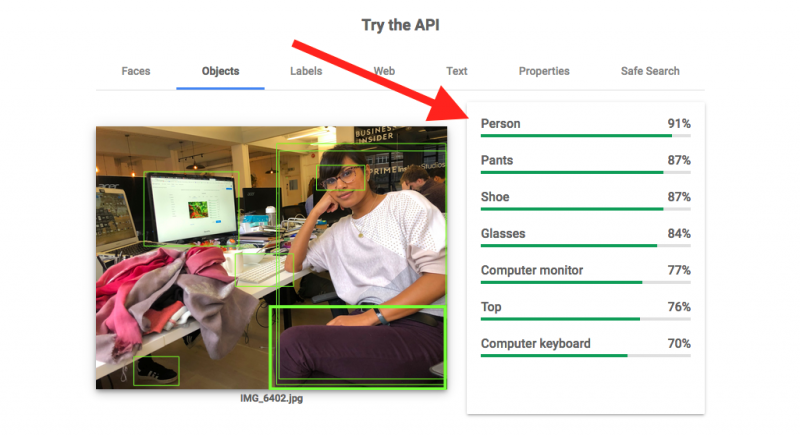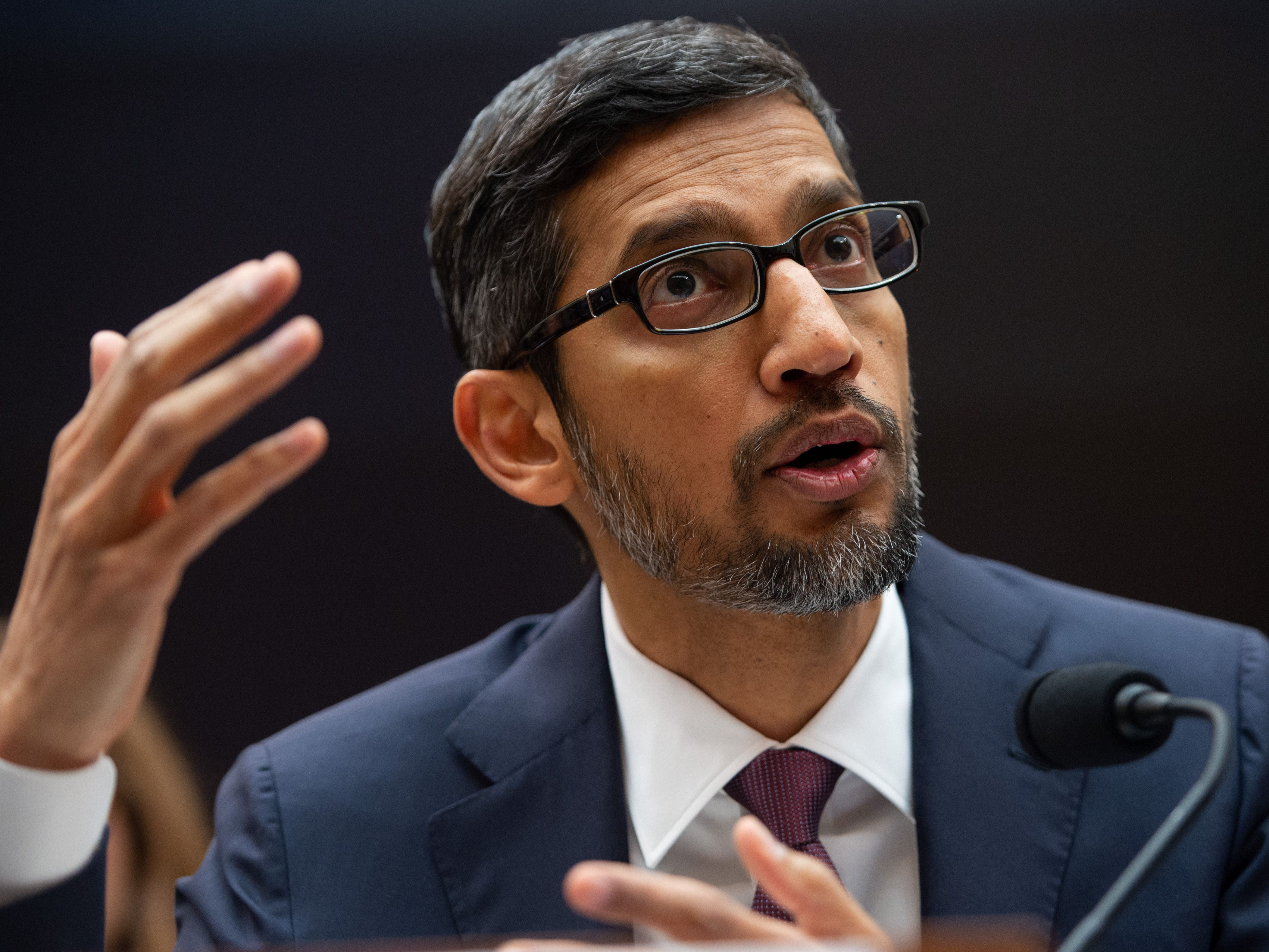- A Google AI tool that can recognize objects in pictures will no longer attach gender labels like “woman” or “man” to images of people.
- Google’s Cloud Vision API is used by developers to analyze what’s in an image, identifying anything from brand logos to faces to landmarks.
- Google emailed Cloud Vision API customers on Thursday morning stating that it won’t use labels that pertain to gender because you can’t deduce someone’s gender by their appearance alone.
- An expert in AI bias told Business Insider that the change was a big positive.
- Visit Business Insider’s homepage for more stories.
A Google AI tool that can recognize and label what’s in an image will no longer attach gender tags like “woman” or “man” to photos of people.
Google’s Cloud Vision API is a service for developers that allows them to, among other things, attach labels to photos identifying the contents.
The tool can detect faces, landmarks, brand logos, and even explicit content, and has a host of uses from retailers using visual search to researchers identifying animal species.
In an email to developers on Thursday morning, seen by Business Insider, Google said it would no longer use “gendered labels” for its image tags. Instead, it will tag any images of people with “non-gendered” labels such as “person.”
Google said it had made the change because it was not possible to infer someone's gender solely from their appearance. It also cited its own ethical rules on AI, stating that gendering photos could exacerbate unfair bias.
Per the email: "Given that a person's gender cannot be inferred by appearance, we have decided to remove these labels in order to align with the Artificial Intelligence Principles at Google, specifically Principle #2: Avoid creating or reinforcing unfair bias."
We tested out the API, and here's what we found:

Bias in artificial intelligence is a widely discussed topic, with researchers voicing concerns that flawed training data can exacerbate or create unfair assumptions. One example is facial recognition algorithms misidentifying people of color more frequently than white people.
Frederike Kaltheuner, a tech policy fellow at Mozilla with expertise on AI bias, told Business Insider that the update was "very positive."
She said in an email: "Anytime you automatically classify people, whether that's their gender, or their sexual orientation, you need to decide on which categories you use in the first place - and this comes with lots of assumptions.
"Classifying people as male or female assumes that gender is binary. Anyone who doesn't fit it will automatically be misclassified and misgendered. So this is about more than just bias - a person's gender cannot be inferred by appearance. Any AI system that tried to do that will inevitably misgender people."
Google notes in its own AI principles that algorithms and datasets can reinforce bias: "We will seek to avoid unjust impacts on people, particularly those related to sensitive characteristics such as race, ethnicity, gender, nationality, income, sexual orientation, ability, and political or religious belief."
Google invited affected developers to comment on its discussion forums. Only one developer had commented at the time of writing, and complained the change was down to "political correctness."
"I don't think political correctness has room in APIs," the person wrote. "If I can 99% of the times identify if someone is a man or woman, then so can the algorithm. You don't want to do it? Companies will go to other services."
Business Insider has approached Google for comment.

